The Best Way to Plant Shrubs for Better Growth
You might think it's just digging a hole and dropping the shrubs in, but there’s a bit more to it if you want them to really thrive.
Getting your shrubs off to a strong start is important for their growth and overall health on the long term.
By following the steps in this article you will correctly plant your shrubs just like we do in our garden every season.


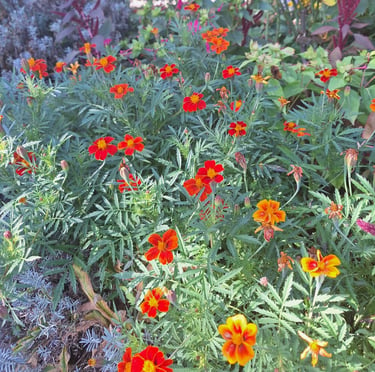





Choosing the Right Spot for Planting Bushes
Sunlight: Make sure the planting location gets the right amount of sunlight for your specific shrub. Some love the sun, while others prefer more shade.
Room to Grow: Check the mature size of the shrub and pick a spot where it won’t be cramped.
The Right Companions: In our experience, it is also important that you know which plants fit well together (the right companion planting) because these are certain plant combinations that are not growing well together.
The Perfect Soil
Good drainage is key. Improve the soil by mixing in some compost or organic matter. We regularly inspect the soil for our shrubs to make sure they thrive.
Expert Tip: This also applies to planting annual plants or planting perennial plants.
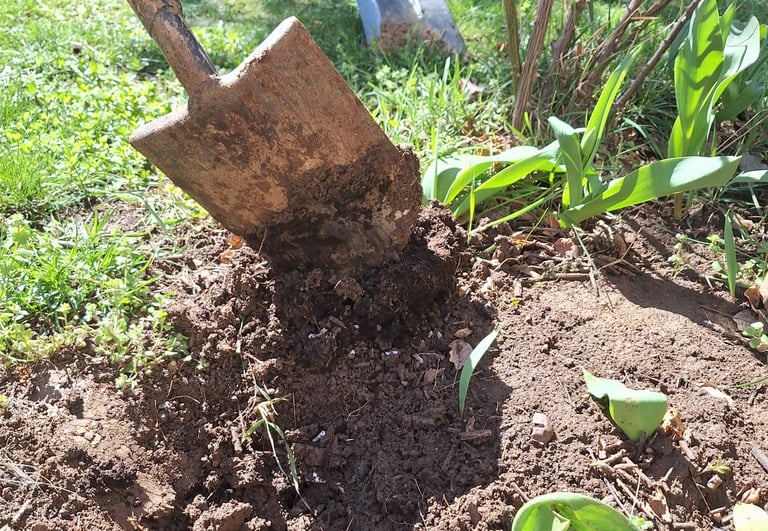




Aftercare
Watering: Give it a good soak of watering right after planting. Keep the soil moist but not soggy as the shrub establishes.
Mulching: A layer of mulch helps retain moisture and keeps weeds at bay.
Fertilizing: Wait until the next growing season to fertilize the plants correctly. Let the shrub settle in first.
Regular Maintenance
Pruning: Keep an eye out for any dead or damaged branches. Pruning bushes is a part of the important maintenance that helps encourage healthy growth.
Monitoring: Watch for signs of stress or disease. Catching issues early can make a big difference.
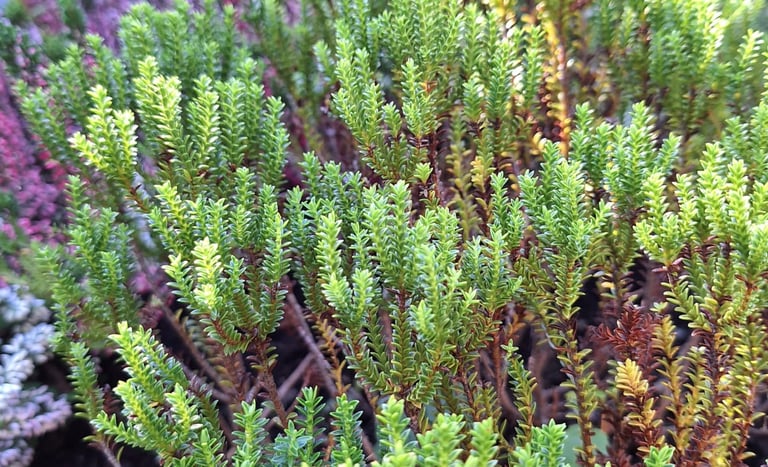

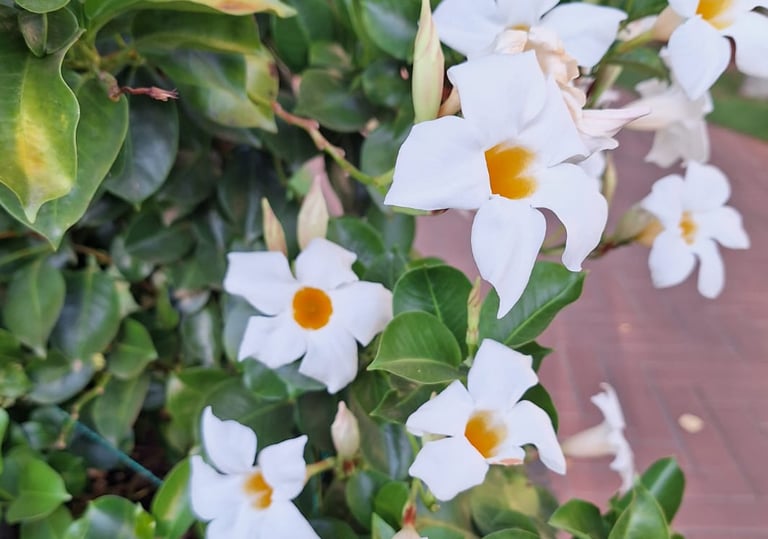





Digging the Hole:
We always start by digging a hole that's about twice as wide as the root ball of your shrub. This extra space is key as it allows the roots to easily spread into the surrounding soil, and we saw that this also applies to container shrubs and most other gardening types.
The depth of the hole should be equal to the height of the root ball, ensuring the shrub is planted at the same level it was in the pot similar to planting trees or planting lemon seeds or most other plants.
Be sure to loosen the soil at the bottom of the hole. If you're working with particularly hard or compacted soil, take some extra time here to really break it up.
Planting the Shrub
Root Care: Gently loosen the roots if they’re bound up. This helps them spread into the surrounding soil.
Positioning: Place the shrub in the hole, making sure it’s sitting at the same depth it was in the container.
Backfilling: Fill the hole with soil, gently firming it down as you go. After filling we also stabilize it by pressing the soil a little bit.
Best Time for Planting Shrubs:
For optimal growth, the shrub planting time is optimal in early spring or early fall. We always plant our shrubs in spring, it is ideal after the last frost, while fall planting benefits from warm soil and cooler air.
Expert tip: Avoid extreme summer heat and winter cold, which can stress new plants.
The Role of Shrubs in Supporting Local Wildlife:
Many shrubs provide essential shelter and food for birds, bees, and butterflies. Choosing native shrubs, bushes that have a longer growing time or those that produce berries and nectar can turn your garden into a bustling ecosystem. This not only supports local wildlife but adds a dynamic layer of interaction and beauty to your garden experience.
Adapting to Climate and Weather Conditions:
We experienced that there are a lot of environmental factors that affect shrub growth, for example in areas with harsh winters, consider hardy shrubs that can withstand cold snaps.
In warmer climates, look for drought-resistant varieties. Adapting your choices to the local weather conditions ensures that your shrubs don’t just survive, but thrive, becoming a resilient and enduring part of your garden.

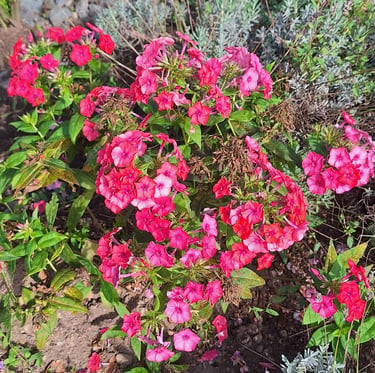











Summary
Planting shrubs might seem like a no-brainer, but taking the time to do it right can set the stage for years of healthy growth, minimizing the chances for the plant to die and then digging up the shrubs, no matter if it's an evergreen shrub or a full sun bush.
Whether it’s a flowering beauty or a foliage masterpiece, each shrub has its own needs and preferences. So, roll up your sleeves, get your hands dirty, and get ready to watch your garden come to life!
Sources
Nature and Sustainability uses only high-quality sources, including peer-reviewed studies to support the facts we describe in our articles. Please read our editorial policy to learn more about how we keep our content accurate, reliable, and trustworthy.
The best soil for planting shrubs: How to Plant Shrubs: Step-by-Step Guide | Proven Winners
Choosing a spot for planting: https://www.chelseagreen.com/2024/7-factors-to-consider-when-choosing-a-planting-site/
Digging a hole: How To Dig A Proper Hole For Planting Plants – Roger's Gardens (rogersgardens.com)
Planting shrubs and bushes general information: How to Plant a Shrub in 11 Steps (with Video) - This Old House, How to plant shrubs: when, where and the best method | (homesandgardens.com), How To Plant Shrubs | BBC Gardeners World Magazine
After planting maintenance: Watering newly planted trees and shrubs | UMN Extension, Homeowner's Guide To Shrubs | The Family Handyman
Environmental factors that affect shrubs and plants after planting: Environmental factors affecting plant growth | OSU Extension Service (oregonstate.edu)
Share this article:




Article By:
Calin has been in the garden industry for 5 years and knows a lot about gardening and plants. He owns this website and is responsible for most of the content.
Reviewed By:


Florin, a more technical guy, is responsible for designing, reviewing and updating the articles but also optimizing for SEO so that everything we publish is deam good.

